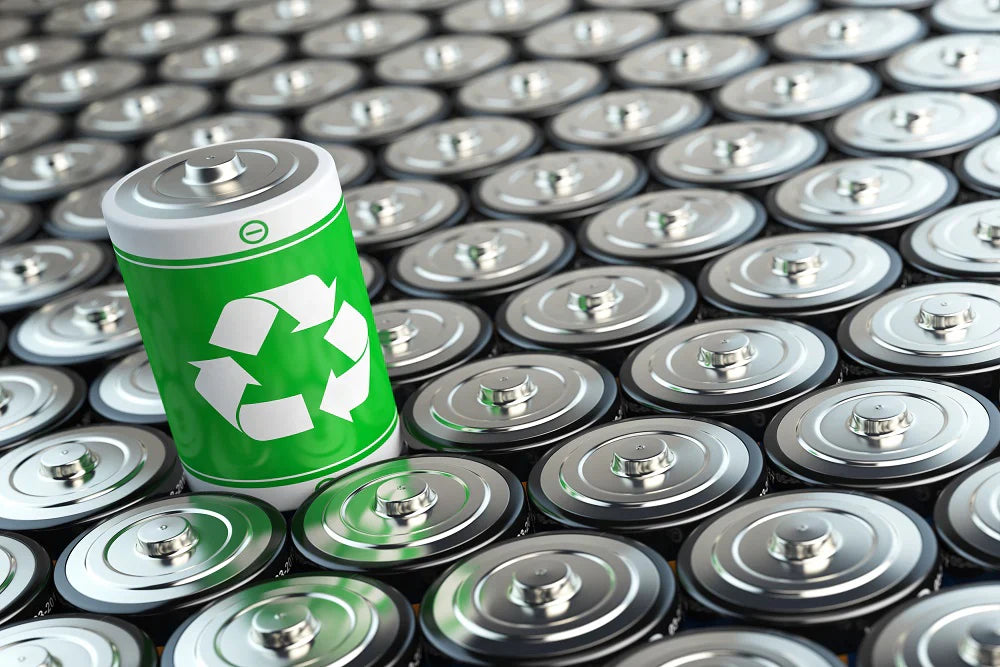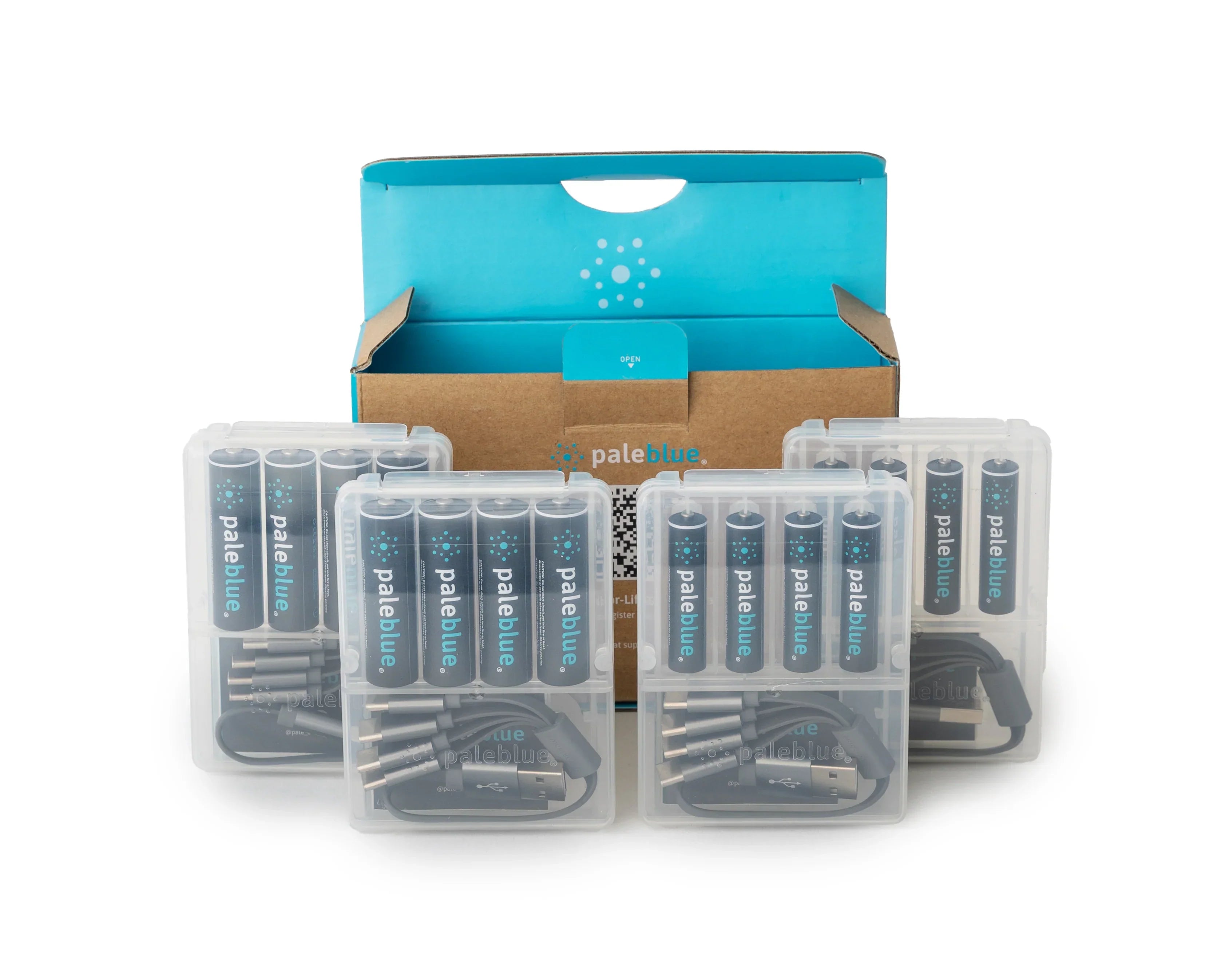5 More Ways to Reduce Trash at Home

We used a previous blog post to issue what we call the Trash Challenge. That challenge involves finding ways to reduce the amount of trash you produce at home. As part of the challenge, we offered five strategies just about anyone can implement. We’d like to offer five more.
There are so many ways to reduce trash at home that just one post couldn't do the topic justice. Reducing trash output reduces the volume of waste you contribute to landfills. Doing so is so important to us that we established our company with the goal of eliminating as many single-use alkaline batteries as possible.
We mentioned replacing alkalines with rechargeable lithium-ion batteries in the previous post. We will not cover it again. Instead, take a look at these additional five strategies:
1. Recycle Whenever Possible
Recycling is one of the most effective ways to reduce household trash. Of course, utilize any curbside recycling program your community offers. But do not stop there. Plenty of other recycling opportunities exist. For instance, you can recycle lithium-ion batteries when they finally reach end-of-life. Just do an online search on battery recycling to find the nearest collection center. www.call2recycle.com has a great resource for finding battery recycling locations.
You can recycle household electronics the same way. Car batteries, tires, used motor oil, and tons of other things can be recycled. You just have to search around a little bit to find recyclers capable of accepting them.
2. Repurpose When You Can
In our previous post, we talked about the strategy of reusing food containers. There are lots of things we throw in the trash that can be reused. But we can also re-purpose. For example, maybe it's time to replace the sheets on your bed. Don't throw them out just yet. You are planning to repaint the house next spring, and the sheets will make better drop cloths than the cheap plastic ones the DIY store sells.
3. Mend Your Clothing
It's a shame that so much clothing gets thrown away every year. It used to be that people couldn't afford to buy new clothes when a piece was ripped or torn. So instead, they mended.
Truth be told, reattaching buttons and sewing up torn seams isn't as hard as you might think. Even replacing broken zippers is pretty straightforward. Yes, mending clothes takes time to learn. But once you have the skill, you'll find that you don't have to throw away old clothing nearly as often.
4. Learn to Fix Things
Mending clothing leads to the next strategy: learning to fix things. We are not nearly as handy as previous generations simply because we've had the luxury of throwing things away and replacing them. But throwing away only increases trash volumes.
You dropped your laptop and broke the screen. No doubt that's a bummer. But replacing the screen isn't a difficult task. If you can use a screwdriver, you're golden. You can find tutorial videos all over the internet.
5. Change Your Buying Habits
Finally, one of the best ways to reduce the amount of trash you produce is to change your buying habits. Avoid buying things you don’t truly need. Remember that when you buy things you don't really need, the chances of you using those things are greatly diminished. They sit around gathering dust until you throw them away.
Replacing single-use batteries with convenient USB rechargeable batteries from Paleblue is one way to reduce your trash output. But there are so many other ways that they are nearly impossible to quantify. It is all about rethinking what you do, what you buy, and how you use your resources.
- Tags: Economical Sustainability







